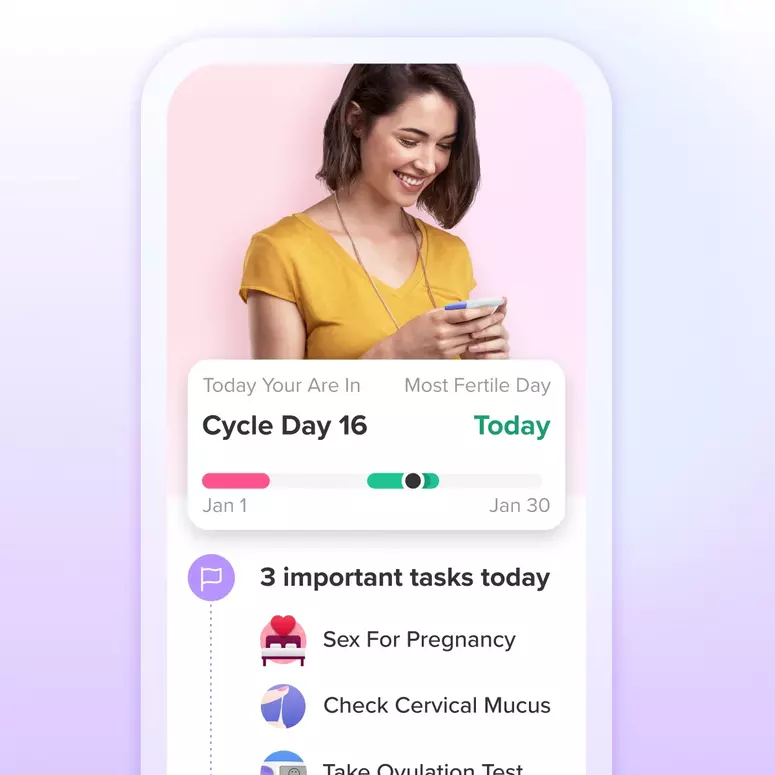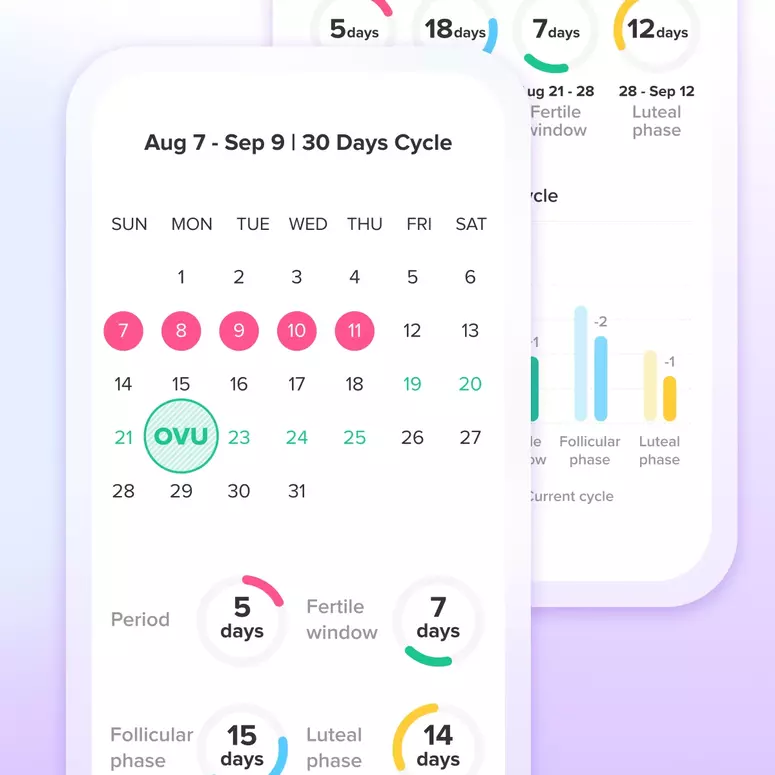What Exercises are Safe in the First Trimester?

Exercise during pregnancy has many benefits, such as improving sleep, reducing swelling or backaches caused by pregnancy, making labor and delivery easier, providing endorphins that can make you feel happier and more energetic, and helping you get your figure back faster after delivery (NIH).
Your body may still look like it did before, but there are many changes taking place inside your body during the first trimester of pregnancy. Many women do not feel much different than usual at this stage of pregnancy. Since exercise carries little risk for the baby, the first trimester is a great time to begin or regulate your exercise routine.
What Exercises Are Safe During the First Trimester of Pregnancy?
If you are just starting to exercise, the key is to start the habit slowly – just 15 minutes per session two or three times a week. You can build up to more frequent, longer sessions as you are able. You should warm up, exercise, and slowly scale back before you complete your session (Weiss Kelly, 2005). Always stop if you feel short of breath or are in pain. It is wise to get your doctor's approval before you exercise while pregnant.
Low-impact aerobics, yoga and relaxation techniques, Pilates, weight training, stretching, and Kegel exercises can be done safely during the first trimester of pregnancy.
Low-Impact Aerobic Exercises for Pregnant Women
Aerobic exercise is any activity that raises breathing and heart rate. Examples include brisk walking and swimming. Aerobic exercise can:
- improve the body's use of oxygen
- improve the supply of oxygen to the fetus
- prevent problems like hemorrhoids, fluid retention, and varicose veins
- increase muscle strength and tone, which can prevent back pain and ease labor
- improve blood sugar control and reduce the risk of gestational diabetes
- burn calories
- improve sleep
- improve wellbeing and confidence
- reduce the risk of preterm birth (Juhl, et al., 2008)
To get the greatest benefit from aerobic exercise, sessions should last 20 to 30 minutes, several times per week (American College of Obstetricians and Gynecologists).
Walking
Walking is good exercise that poses few risks. Make sure you get properly fitted shoes that provide good support. Be conscious of the weather, and avoid overheating by not walking long distances outside in hot or humid weather. Walking for thirty minutes every day has been shown to improve birth outcomes. It is a safe and helpful exercise that can be continued throughout pregnancy (Ruchat et al., 2012).
Swimming
Swimming is also a good exercise for pregnant women (Juhl, et al., 2010). It provides a cardiovascular workout that stretches and tones muscles in a nearly gravity-free environment. This minimizes joint strain and balance problems. During your first trimester, swimming at least 20 minutes three times a week will keep you in good shape. Swimming is also a great exercise to do in the second and third trimesters.
Stationary Bicycling and Spinning
Stationary bicycles offer less risk of a fall than standard bicycles and can provide excellent aerobic exercise during the first trimester of pregnancy. Bicycling helps avoid strain on the joints, and it is often an easy exercise to begin for women who are new to exercise.
Spinning can be much more intense than regular cycling, but it is quite safe if you can maintain your balance and monitor your heart rate and body heat. As with any exercise, it is essential to stop if you begin to feel faint or dizzy. Women in instructor-led spinning classes should tell the instructor of their pregnancy and make adjustments if it becomes too hard.
Yoga and Relaxation Techniques
Relaxation techniques help you breathe and focus, relieve stress, feel more satisfied and energetic, and let go of emotional tension. This can be very helpful during labor and delivery. Yoga, meditation, and other breathing exercises can improve your physical and mental health during the first trimester (Beddoe, et al., 2009).
Yoga can help you control your breathing, and it provides an excellent way to stretch and tone muscles. Yoga exercises the body and mind, strengthening muscles and leaving you with a sense of peace and calm.
There are many styles of yoga from which to choose. Some popular options include kundalini yoga, which focuses on breathing and meditation; iyengar yoga, which emphasizes posture, alignment, and balance; and power yoga, which uses aerobic workouts to build strength and endurance.
One of the other major benefits of yoga is the focus on breathing techniques. Learning to be aware of your breathing can help you stay calm and focused during labor (Babbar, et al., 2009).
In your second or third trimester, your doctor may tell you to avoid yoga poses that require you to lie flat on your back (Mayo Clinic).
Let's Glow!
Achieve your health goals from period to parenting.




